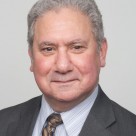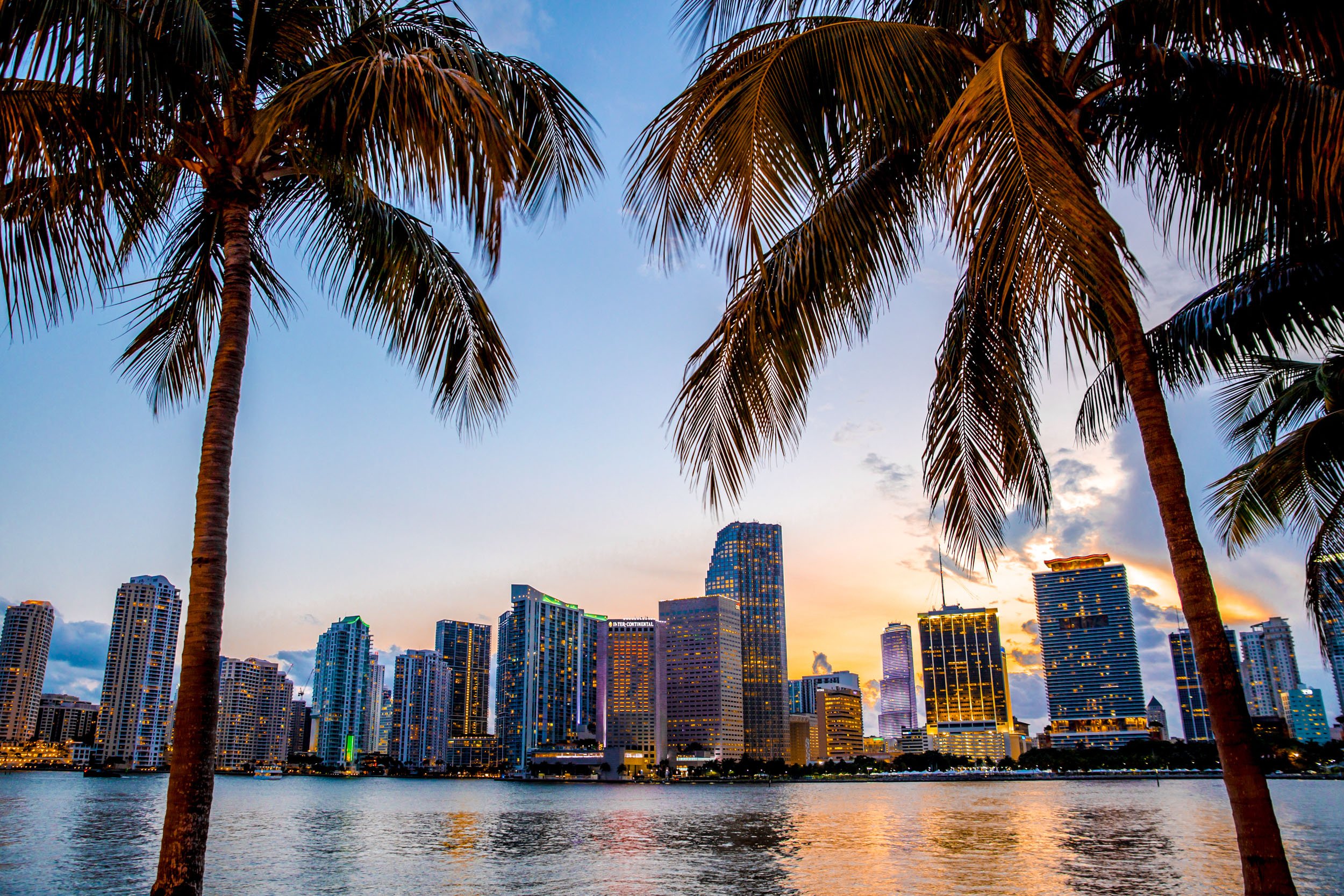GlobeSt.com: Give me a breakdown of Nomura's portfolio if you would.
Ogata: In US dollars, the Nomura real estate office fund is $1.8 billion, and we have a market capitalization of $1.3 billion. It focuses solely on Japanese properties.
GlobeSt.com: Is that focus dictated by law or experience?
Ogata: Experience. None of the JREITs has the experience investing in properties overseas, and as a result, we invest only in properties in Japan.
GlobeSt.com: When would you see that changing?
Ogata: We will have to wait a couple of years for the first JREIT to start investing overseas. One of the reasons for that is that we have a lot of very good business opportunities in the domestic property market, and JREITs tend to be very conservative when compared to private funds, and by policy they invest in properties with less risk. We are permitted to invest in foreign properties and when the time comes we will start.
GlobeSt.com: Possibly in 2006?
Ogata: No. It will be more like sometime in 2010.
GlobeSt.com: How far can you stretch the available inventory of Japanese buildings until then?
Ogata: There are plenty of buildings. The stock of income-producing properties is more than $200 trillion, while the asset size of the total JREIT market is just over $2 trillion. So current JREIT investments total only 1% of all income-producing real estate in Japan.
GlobeSt.com: How are your fund investments spread geographically around the country?
Ogata: Our fund is 60% to 80% in the Tokyo metro area and almost 20% in the suburbs. The rest is in other major cities all over Japan.
GlobeSt.com: What is the opportunity for foreign investors in your JREIT? Have you seen an increase in your investor base?
Ogata: The fiscal period for JREITs is every six months. We have experienced two since we launched, and at the end of the first the share of foreign investors—not just US—was 2.9%, and it increased to 7% at the end of the second fiscal period. The average share held by foreign investors is 11% at this moment and I expect it to continue to go up rapidly. In addition to the US, we have the Netherlands, the UK, Italy, and Switzerland represented in our fund. Almost all are institutional, including pension funds.
GlobeSt.com: Where will the fund be in terms of size in the next few years?
Ogata: We can easily double our size to $3 billion.
GlobeSt.com: What do you think needs to be done in order for the market to see a truly global REIT structure?
Ogata: There needs to be a rating system that will help foreign investors evaluate easily whether or not they should invest in a particular fund. Some JREITs have already built international indices. Otherwise, it's very hard for foreign investors to determine if a fund is really good. We've come out with an English version of our annual report to accomplish that same end. Without that sort of information, it is really impossible to make sensible investments.
© Touchpoint Markets, All Rights Reserved. Request academic re-use from www.copyright.com. All other uses, submit a request to [email protected]. For more inforrmation visit Asset & Logo Licensing.







